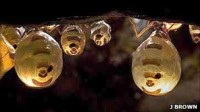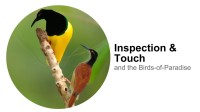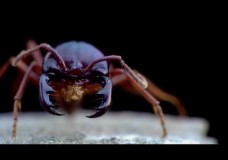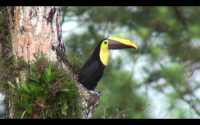Sponge Bob or Sponge “Poop”
It is ironic that biologically diverse habitats are usually rather poor in nutrients. Coral reefs are one of them. Crystal clear waters of the tropical seas is a “clear” indication of nutrient poor environment. Because nutrients in the water column are scarce microscopic plants and animals (planktons) that form the basis of food webs cannot maintain high numbers and the water column remains clear. Dissolved organic carbon is a nutrient that is inedible for most organisms living in a reef. […]













Recent Comments